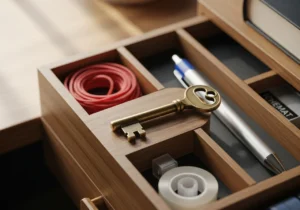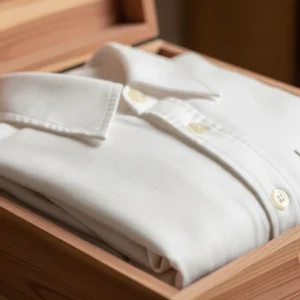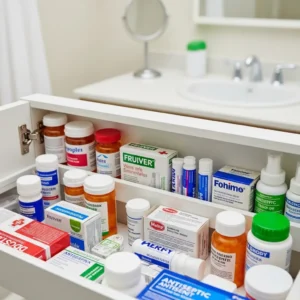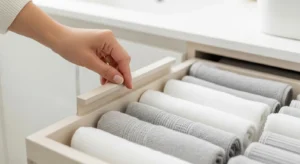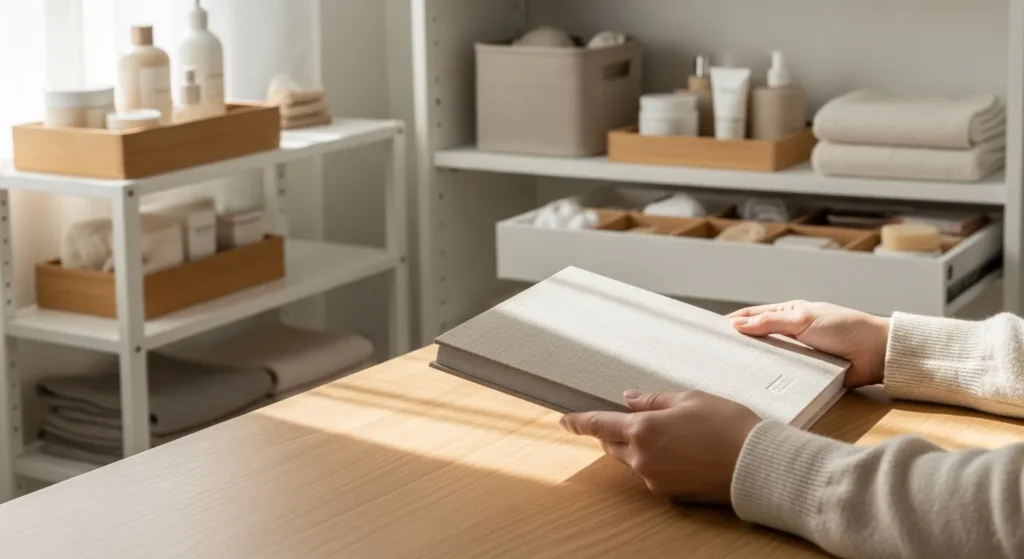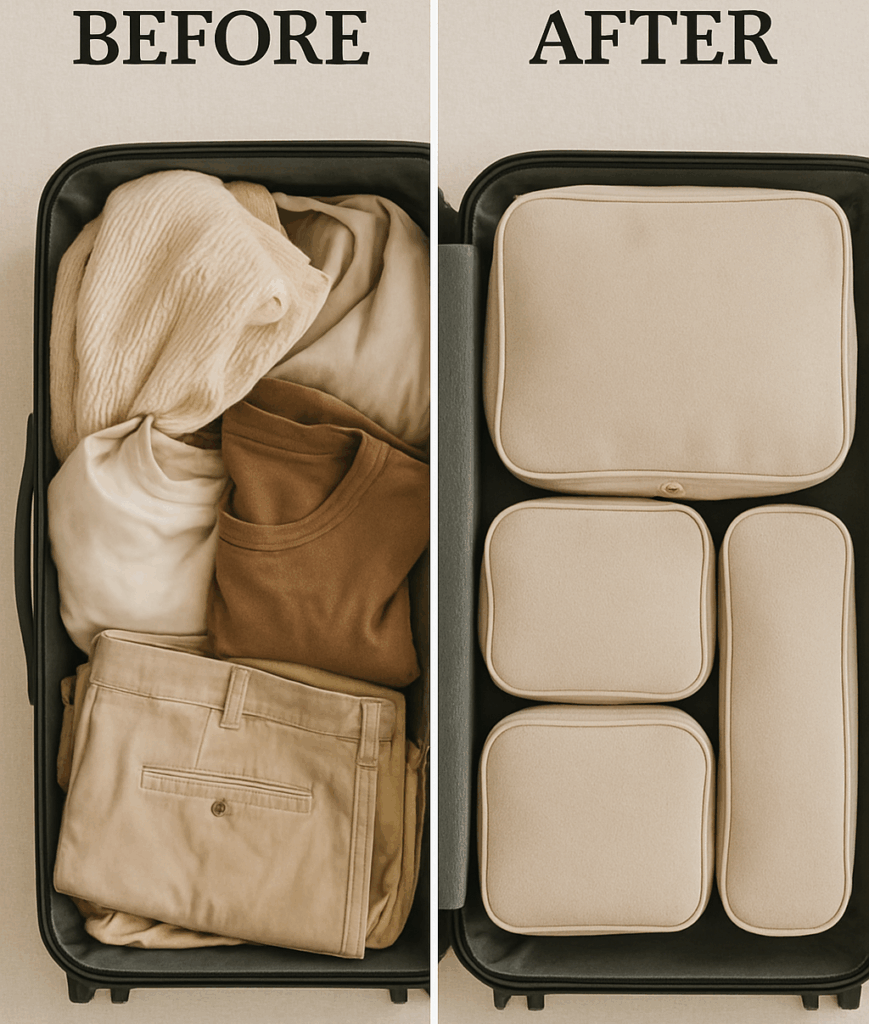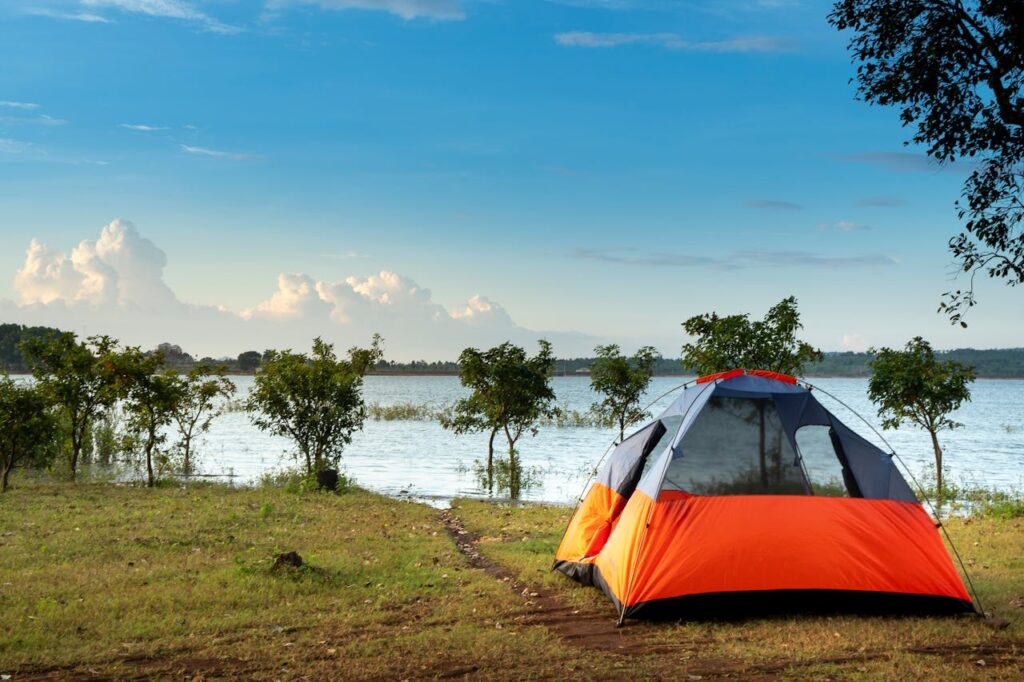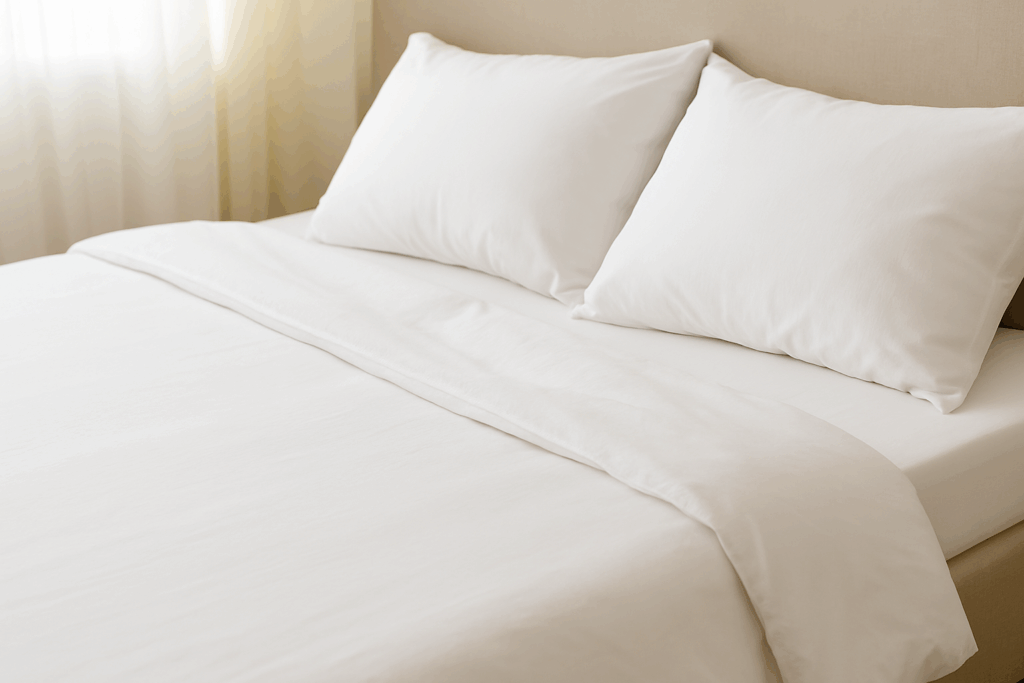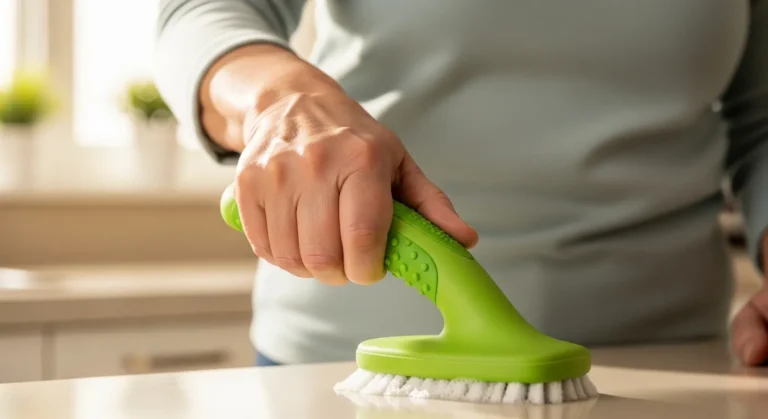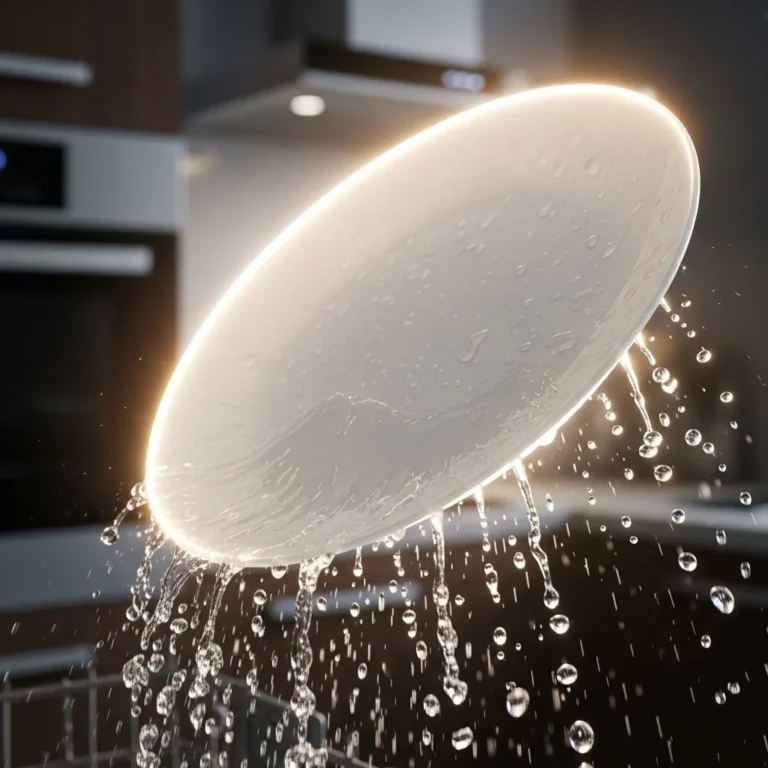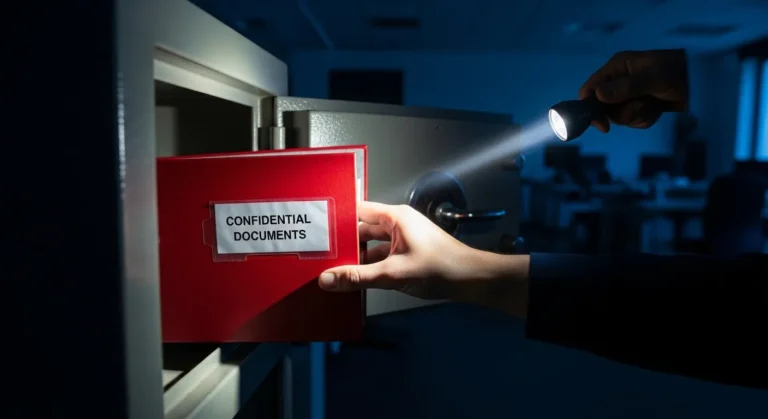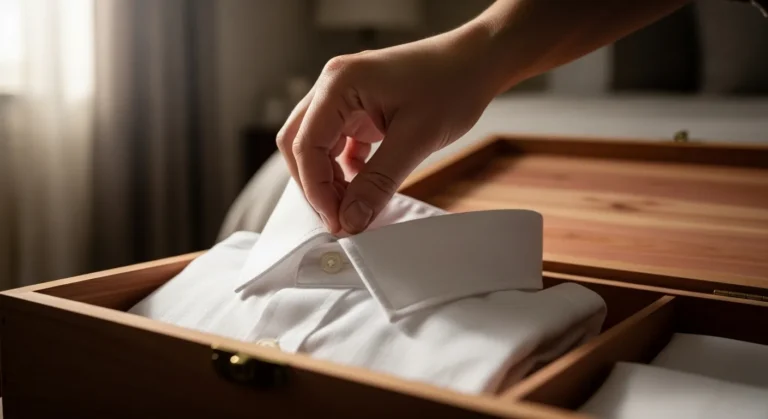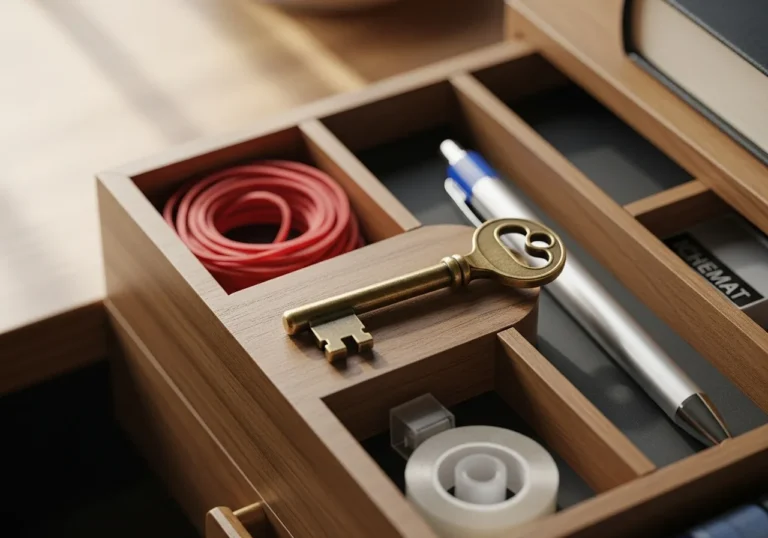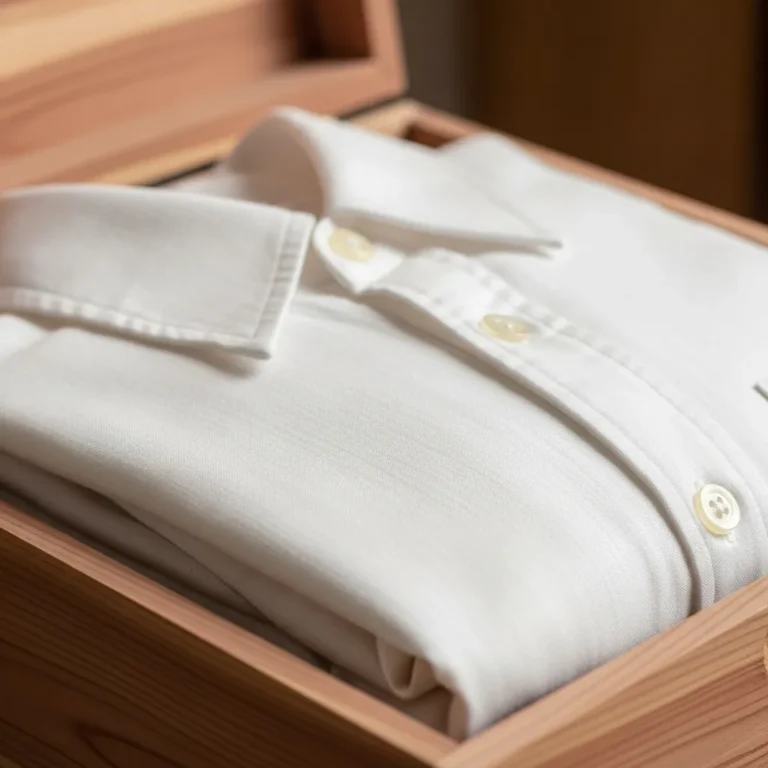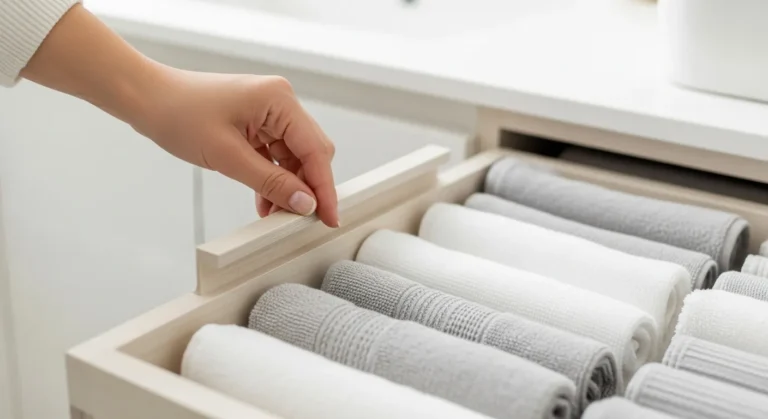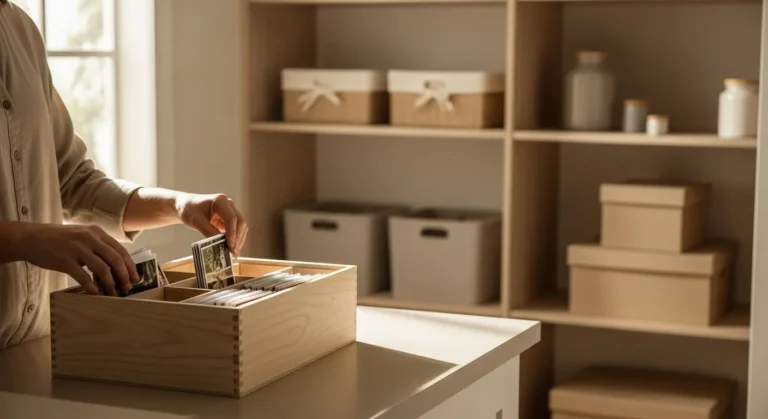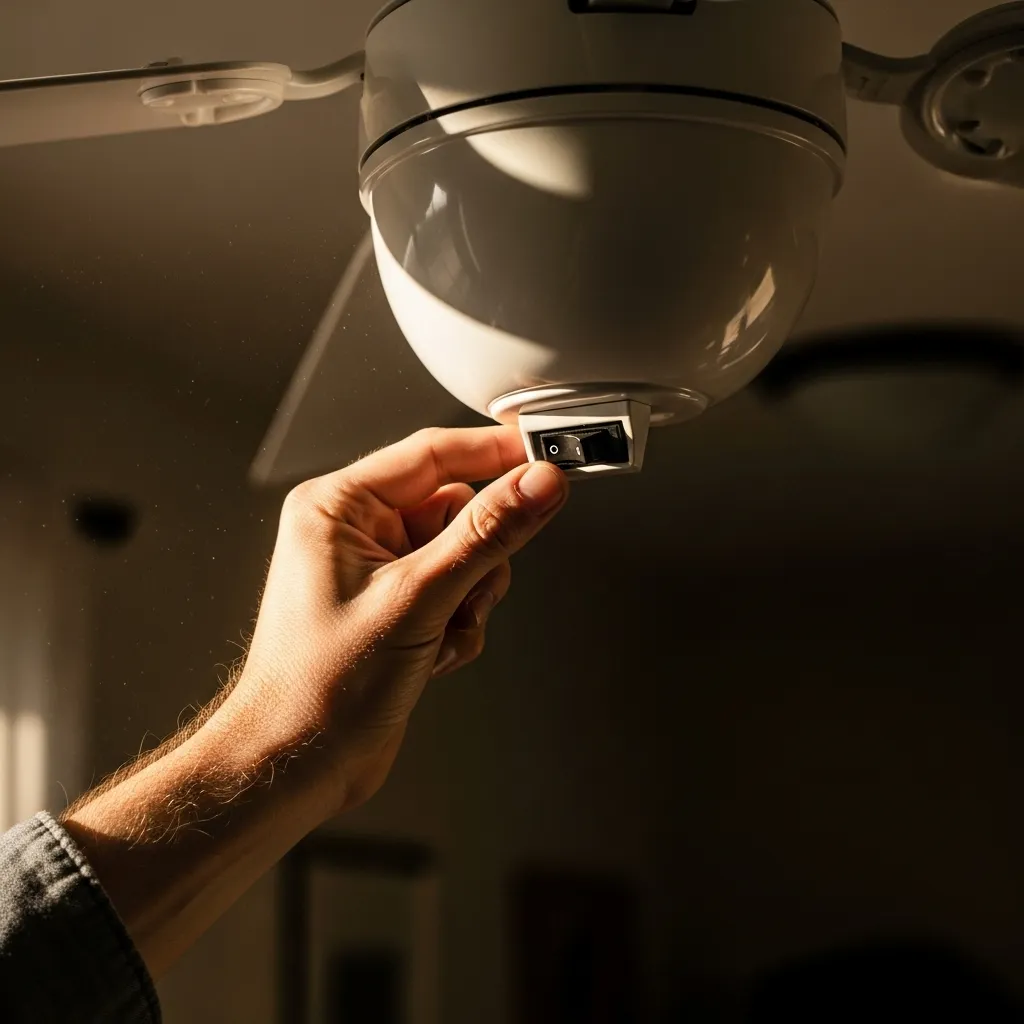
The Summer Home Maintenance Checklist: Peak Performance and Prevention
Summer maintenance focuses on keeping your home cool, managing pests, and enjoying your outdoor spaces safely. These tasks are generally less intensive and focus on monitoring and light upkeep.
Cooling and Indoor Air Quality
Air Filters: During heavy use, your HVAC air filter may need to be replaced monthly. A clogged filter restricts airflow, making your system work harder and reducing its efficiency. Check the filter’s MERV rating (Minimum Efficiency Reporting Value), which tells you how well it captures airborne particles. A MERV rating of 8-11 is a good balance for most homes, trapping dust, pollen, and mold spores without overly restricting airflow. For more on indoor air quality, visit the U.S. Environmental Protection Agency (EPA) website.
Ceiling Fans: Clean your ceiling fan blades. Make sure they are rotating counter-clockwise in the summer to push cool air down, creating a wind-chill effect that allows you to set your thermostat a few degrees higher.
Manage Humidity: High humidity can make your home feel warmer and promote mold growth. Your air conditioner naturally dehumidifies, but in very humid climates, a dedicated dehumidifier may be necessary. Aim for an indoor relative humidity (the amount of moisture in the air compared to what it can hold) of 30-50%.
Pest Control and Outdoor Living
Seal Entry Points: Walk around your home and look for small gaps around pipes, vents, or in the foundation where insects and rodents could enter. Use caulk or expanding foam sealant for small gaps and steel wool for larger ones to deter pests.
Deck and Patio Maintenance: Check your deck for loose boards or popped nails. Clean off any mold or mildew. Depending on the material, you may need to apply a new coat of sealer or stain every few years to protect it from sun and rain.
Grill Safety: Clean your grill grates regularly to prevent flare-ups. Before use, check gas grill hoses for cracks or leaks. A simple test is to apply soapy water to the hose and connections—if bubbles form when the gas is on, you have a leak.
Water and Plumbing
Check for Leaks: Summer is a good time to check for slow leaks under sinks, around toilets, and from your water heater. Look for signs of water damage, discoloration, or musty smells. A small, undetected leak can waste thousands of gallons of water per year.
Appliance Hoses: Inspect the water hoses for your washing machine and dishwasher. Look for bulges, cracks, or signs of leaking. Braided steel hoses are more durable and less prone to bursting than standard rubber ones.

